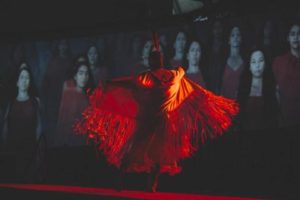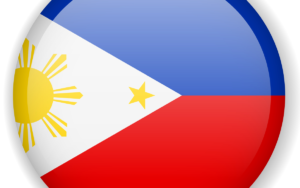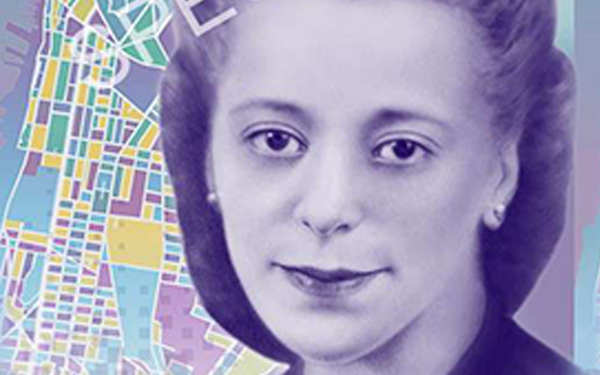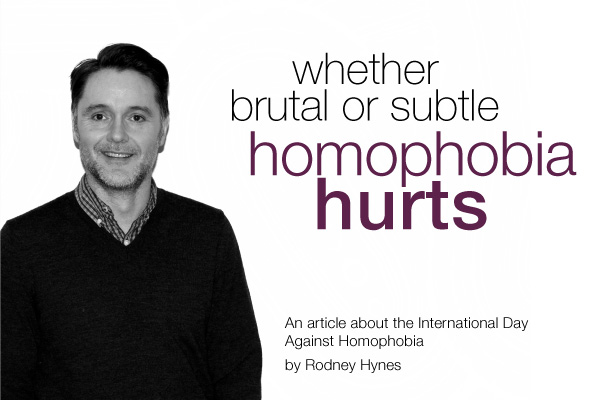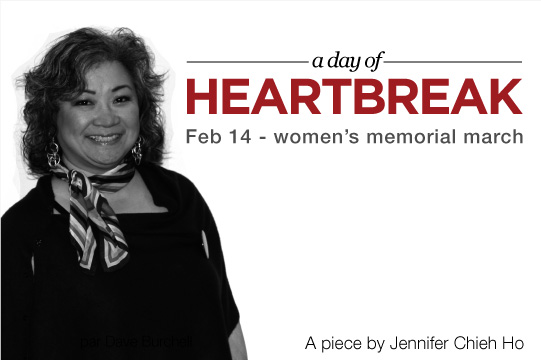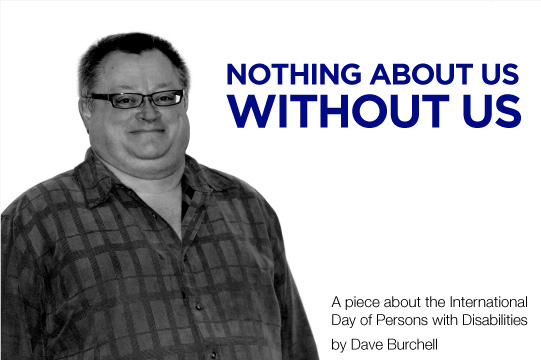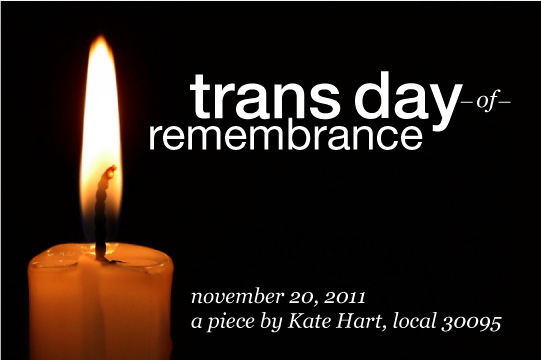
In a turn of recent events, images captured and circulated worldwide have shown a continued pattern of racism and human rights atrocities that has continually plagued Blacks. A series of tragic events, culminating with the killing of George Floyd. And while we know that the Union of National Employees rejects racism in any form, we understand that these events also come at a time when the world is experiencing a heightened sense of isolation, uncertainty, and fear.
The National Representative for the Racially Visible members recognizes the importance of reaching out and sending a message to express ongoing support to visible minorities who may be experiencing outrage, fear and frustration – not only as it relates to recent events, but also at the lack of mechanisms to address the systemic barriers and biases that feed into the racist practices and ideologies which lends itself to the overarching issue of racism and its ongoing impact that we, people of colour, are faced with on a daily basis.
Let’s take this moment to call upon the leadership, specifically union leaders, to speak up and reach out to your Components, your locals, regions and its representatives as well as those in your membership who self-identify as visible minorities.
Time is upon us and the air is heavy with unrest. We need to seize the opportunity to self-reflect and explore, and address the attitudes, beliefs, and systemic barriers that continue to harm Black and minority communities.
It is a time for us to become better informed about all forms of racism by developing and participating in anti-racism and unconscious bias learning activities. It is a time to ask ourselves what we can do as union leaders and activists to be part of the solution. The time is now, we must stand up and become an ally, be compassionate and respectful of those in our membership ranks who may be traumatized by the experience and realities of racism.
Conversations need to include discussions around the creation of safe spaces, racism, and discrimination; as well as unconscious bias as it relates to inclusion practices in the union’s rank and file, while advocating for change throughout all departments.
As part of these efforts, our union leaders need to highlight that as a collective we are all responsible for fostering an inclusive, accessible, respectful, equitable and safe workplace for people of all races.
We no longer have the option of adopting a false sense of security.
We no longer have the recourse of our rose covered spectacles.
We no longer can shield ourselves under the premise that We, this land, our union is immune to the happenings and the events that go beyond our borders.
Let’s stand together, raise our collective voices and work towards being agents of change in addressing anti-Black, anti-Indigenous, and all forms of racism.
Hayley Millington
UNE National Equity Representative for Racially Visible People
